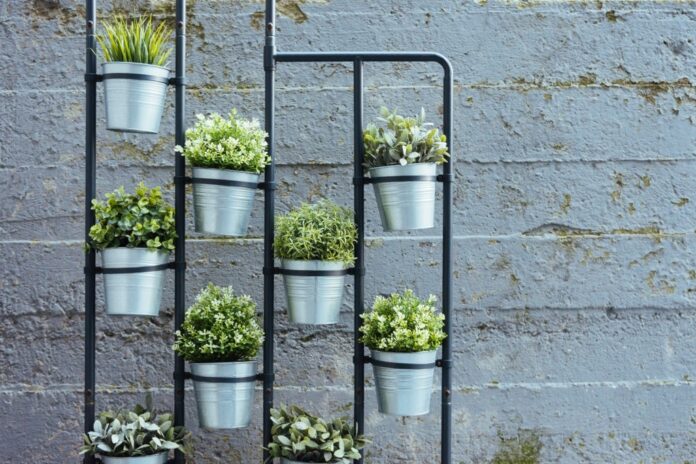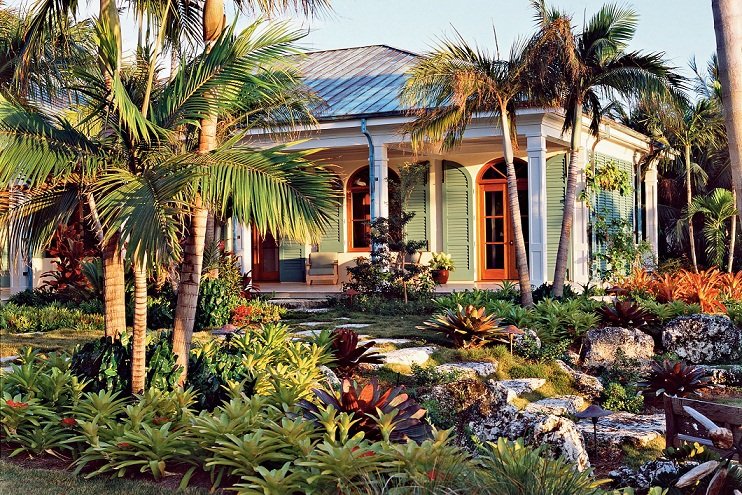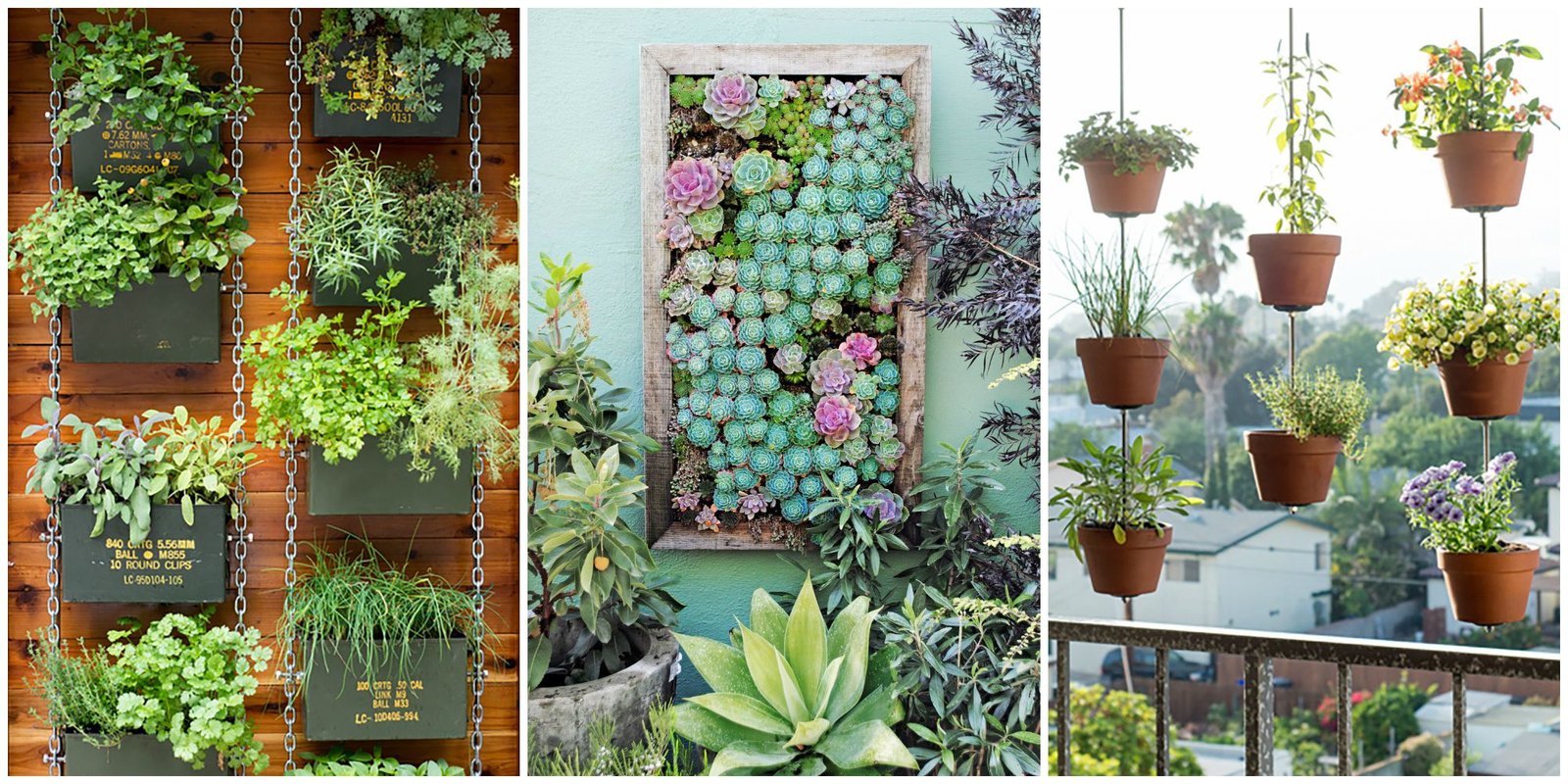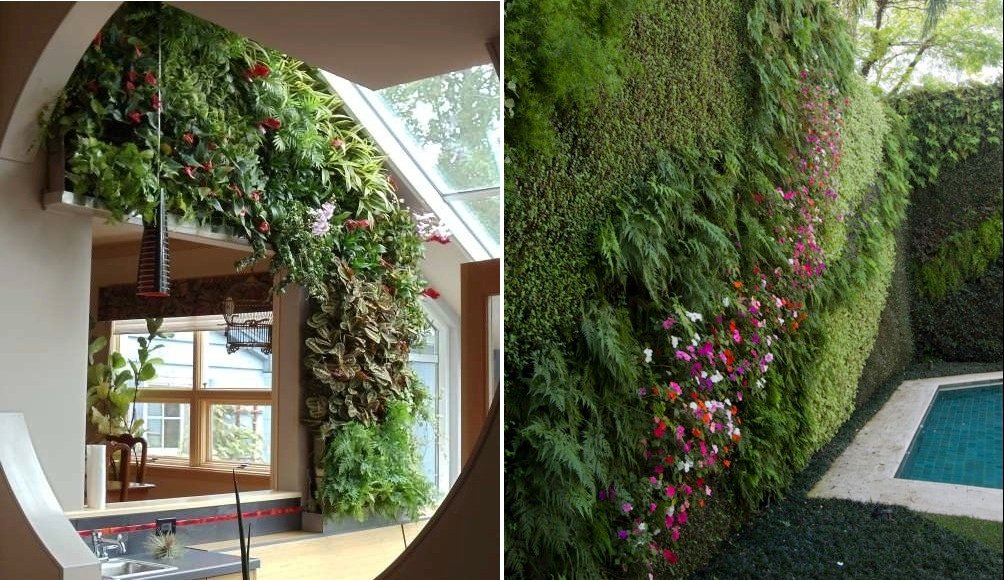Today we will give you basic tips on how to create your own vertical garden inside your house. You will be able to take advantage of any space, no matter how small your home might be, you will be able to finally give that beautiful green touch to your interior. What are the things that you need? And how to maintain your new garden in perfect condition?
Make Your Own Tiny Lush Paradise
Many of us dream to have our own beautiful garden with a huge variety of different plants in our courtyard. Lucky for all of us who don’t have such conditions there are advanced window installations that can able us to achieve those dreams. Others who chose a more unconventional approach in creating garden chose the vertical type that both look and smell irresistible. So, what things do you need to pay attention to when creating one?
The first thing we have to be clear is that when we speak of vertical garden we refer to: A wall of culture or green wall that is a vertical installation covered with plants of various species that are grown in a special structure giving the appearance of being a garden but vertically positioned, hence the term “vertical garden”.
If you do not have much space at home, but you like plants and have a green environment, this is a very good way to have your own garden in a small space. It is very important that we dedicate some time to the design, to the particular conditions in which we expect them to grow. Since each home will require different conditions.
One aspect that we have to analyze when we decided to set up a vertical garden is the way in which we will structure the plants, to make good support so that they develop good conditions for survival, as well as a correct nutritional contribution. For the substrate, we have several options, hydroponic, with soil, or mixed. Also, if you do not want to complicate or are not very handy, there are prefabricated vertical garden systems on the market that give good results, such as Citizens or Mayport.
What Plants Can You Chose?
When talking about the irrigation system, you can do it manually or use some of the solutions that exist in the market. Its complexity will lie in the chosen substrate system. For a simple system with soil, drip irrigation is the simplest and most effective.
We can mount our vertical garden home in a pot or (the usual choice) mounted on a wall, where it will be “fixed”.
Keeping your vertical garden in perfect condition is economical and simple. It will humidify the environment inside the house, thus improving the overall comfort of your home. It also refreshes the environment with its smell and you will finally have the opportunity to have the scent of spring every day roaming through your home.
This type of garden can be designed for decorative purposes or to make a specific design that can cultivate plants that will be used as food. Plants can be planted at random, with low-volume plants or places as your very own tiny jungle.
Don’t forget that you can also plant vegetables, aromatic plants or any other edible plant. That will be the best way to take advantage of a vertical garden in your kitchen.
The best plants according to various online communities who grow such gardens are:
- Anturio
- Nutshell
- Geranium
- Fern
- Bromeliads
- Begonia
- Hostas
- Baby tears
- Hoya
- Japanese Iris
- Rock Lily
- Dew
- Cineraria
- Peperomia tricolor
- Watermelon leaf
- Chamaedorea elegant
- Rabbit ear.
The choice of plants is a matter of capital importance. Knowing the different interactions that will take place between the different species of your vertical garden is an essential requirement that will guarantee the success or failure of the garden. The correct association of plant species is fundamental. We will also have to take into account different factors since your vertical garden will be inside your house, the ambient temperature, direct sunlight or not, among other important factors.
In the end, all you have to do is to choose wheatear you want a small or vivacious garden, with green or colored plants. The choice of plants will also depend on personal taste. You must take into account that the plant receives the required level of light and humidity and not interfere with the needs of other plants that need to grow happily next to each other.





















